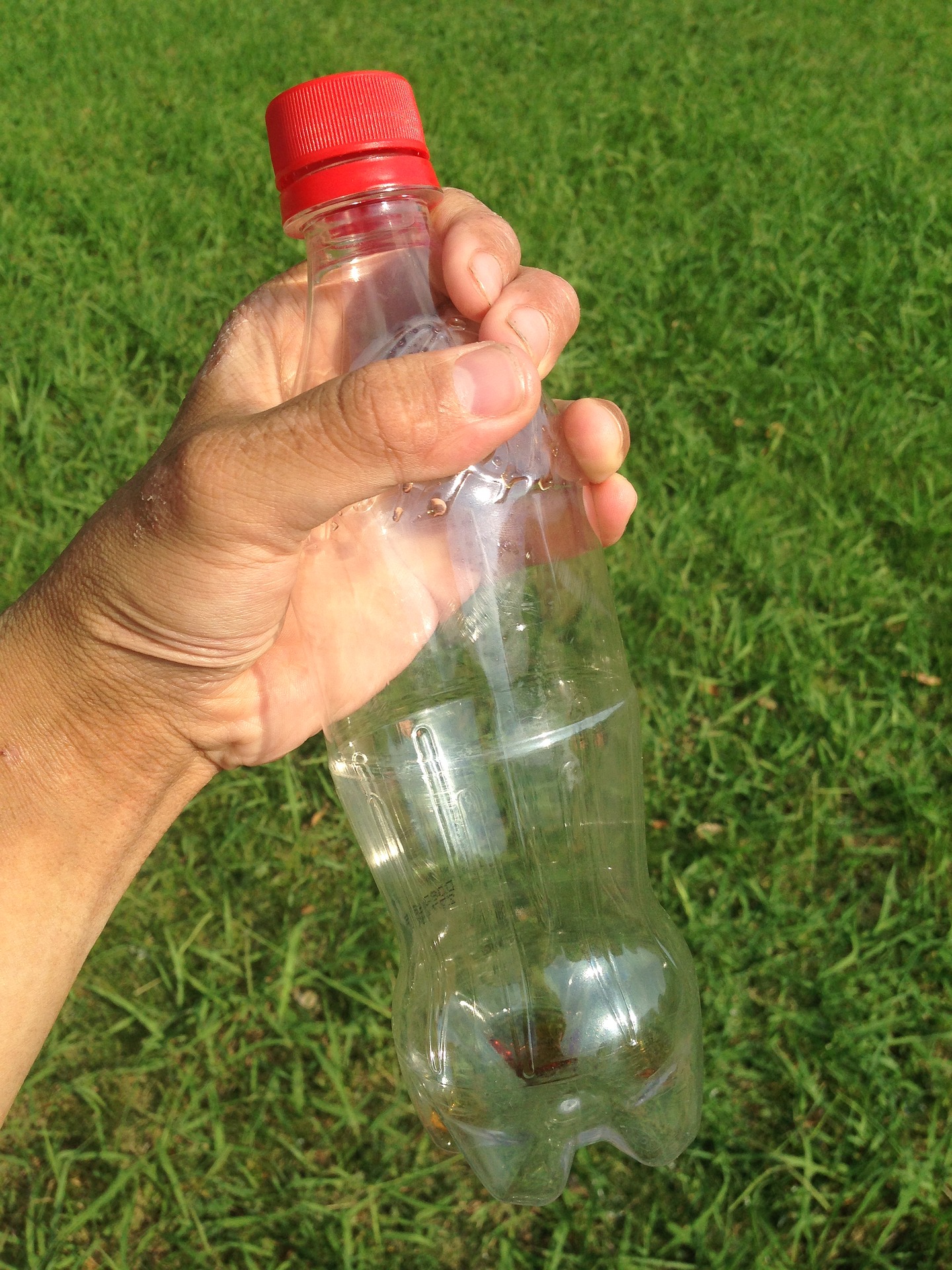Facts About Hunza Water
The history of the water ionizer is a story of how science stumbled upon one of the mysteries of nature in a remote, harsh part of the world where the inhabitants showed exceptional Longevity and Good Health.
The cause of this exceptional health was found to be the glacier hunza water that flowed into the valley that the locals drank.
Other scientists then managed, quite by accident, to discover how electricity could be used to re-freshen, re-structure and re-energise water as nature does.

This was the birth of The Water Ionizer, considered the “most significant health care advance since Sir Alexander Fleming’s discovery of Penicillin”.
Living Water and Hunza Water
Alkaline ionized water is called ‘Living Water’. It is similar in atomic structure to the waters that the people of Hunza drink directly from glacial streams in the high Himalayas. It is fresh, invigorating, life enhancing, free radical scavenging and delicious
The Hunza have the longest lifespan in the world and this has been traced as related to the water that they drink and their natural diet. Hunza water is an example of perfect natural water. Hunza has people who routinely live to 120-140 years, in good health with virtually no cancer, degenerative disease, dental caries or bone decay. Hunza people remain robust and strong and are also able to bear children even in old age. Research has proven conclusively that the major common denominator of the healthy long-living people is their local water.
“You are what you drink” – Dr. Henri Coanda (Father of Fluid Dynamics)
Dr. Henri Coanda, the Romanian father of fluid dynamics and a Nobel Prize winner at 78 yrs old, spent six decades studying the Hunza water trying to determine what it was in this water that caused such beneficial effects for the body. He discovered that it had a different viscosity and surface tension.
Dr. Patrick Flanagan and others continued the research. They found Hunza water had a high alkaline pH and an extraordinary amount of active hydrogen (hydrogen with an extra electron), with a negative Redox Potential and a high colloidal mineral content.
Similar natural water properties and longevity are found in other remote unpolluted places such as the Shin-Chan areas of China, the Caucasus in Azerbaijan, and in the Andes Mountains
Re-Creating Hunza Water: The Birth of the Water Ionizer
In efforts to recreate the Hunza water, Japanese scientists investigated Russian electrolysis technology. They found that electricity could be used to re-structure the water, giving it properties similar to Hunza water.
This functional water technology was first developed in Japan in the early 1950’s and the experiments were first conducted on plants and animals.
Full scale development started in 1954 by several agricultural universities on the effects of alkaline ionic water, especially acid water, on plants; experiments on the human body followed, conducted by Japanese doctors.
The first ionizers were large units used in hospitals.
Following efforts by Japanese medical doctors and agriculture doctors, the water ionizer was approved for medical therapeutics by the Japanese Ministry of Health and Rehabilitation in January 1966.
A 13 part TV Documentary series called ‘Miracle Water’ was made and broadcast by a Japanese National TV station which showed the countless possibilities that Ionized Water could be used for.
Also Read Hunza Valley Beautiful Places and Hunza People
The Water Ionizer Situation Today Some 30 million people in Japan have used a water ionizer over the last 40 years. Around 15% of Japanese households use ionized water. Alkaline water is available in hospitals and clinics throughout Japan and is registered and Enagic Kangen Water Machine the Level UK SD501 is registered as a medical device in Japan.
In 10 years time electrolyzed water and devices will be available in every home.
Japanese research in things like ‘Functional Properties of Water’ is far more advanced than anything in the west. This is because research funding is allocated differently over there – less controlled by the pharmaceutical companies and what are called the government-industry revolving doors that we have in the west.
Also Read Myth About Hunza People of Gilgit Baltistan
Skardu.pk is one of the leading authentic news and information platform focusing on adventure tourism, regional and world affairs.
